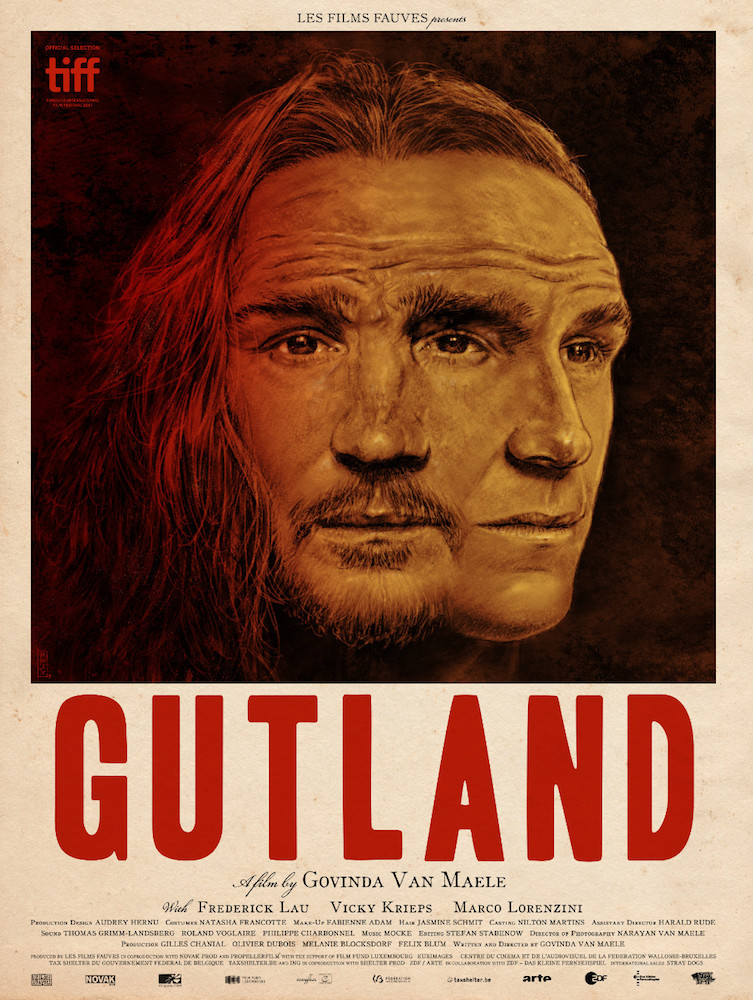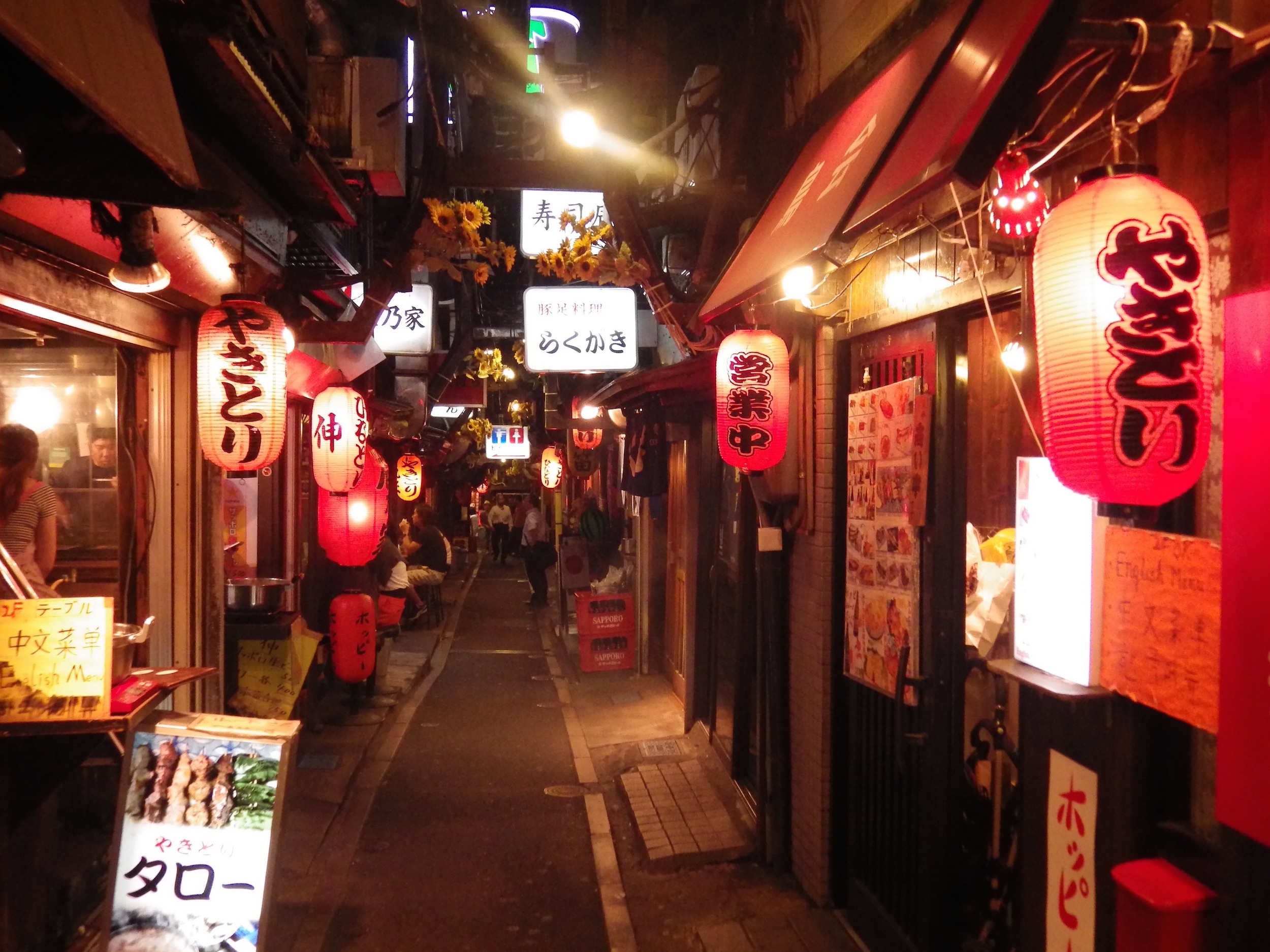The original idea behind The Gaijin Ghost was to have a travel blog that would de-emphasize the blogger and make the reader the main character, rather like a Choose Your Own Adventure book where the reader is invited in with the words, “You’re the star of the story!” For a while, I even tried to adhere to a mandate of never using first-person pronouns here on the site. It can actually be tricky to write like that when you’re trying to synthesize subjective experiences into travel blog posts.
Read MoreThe Dual Nature of Rodriguez in Martin Scorsese's 'Silence' (With Photos of the Twenty-Six Martyrs Museum in Nagasaki)
In the film Silence, the character of Rodriguez, played by Andrew Garfield, exists simultaneously as a Christ figure and a Judas figure. The most pronounced instance of him being framed as the former is when he sees his reflection morph into the face of Christ while drinking from a stream. Yet like the movie itself, even this scene opens up a prism of interpretations if you mark it as an allusion to the Greek myth of Narcissus, who fell in love with his own image as mirrored in a pool of water.
Read MoreNemo & Friends SeaRider vs. The Seas with Nemo & Friends
Nemo & Friends SeaRider opened on May 12, 2017 in the building formerly inhabited by StormRider at Tokyo DisneySea. More than just a new attraction, this ride actually brought a whole new theme to the area of Port Discovery in DisneySea.
In this post, you can see 30 photos of the attraction and how it integrates into Port Discovery, along with 4K video of the ride from front row and center in the motion simulator. As we compare the ride with its Florida cousin, The Seas with Nemo & Friends at Epcot, you can also see some additional photos of that attraction.
Read More'Star Wars' at Disney's Hollywood Studios
This post serves as a companion piece to the Star Tours at Tokyo Disneyland - Guided Photo Tour. The 55 photos nested here should give a good comparison of what Star Tours and Star Wars look like at Disney’s Hollywood Studios. That includes glimpses of:
Characters appearing on stage in the Star Wars: A Galaxy Far, Far Away show
Handprints and footprints in the Chinese Theatre forecourt
Props and costumes on display in Star Wars Launch Bay
Captain Phasma leading a detachment of Stormtroopers in the March of the First Order
The kids show Jedi Training: Trials of the Temple
The exterior of Star Tours - The Adventures Continue and the Tatooine Traders gift shop
Merchandise in gift shops on Sunset Boulevard
'The Last Jedi' Press Tour Comes to Tokyo
There’s only one week left until Star Wars: The Last Jedi hits theaters in Japan and around the world. The global press tour for this movie has already been making the rounds in places like Mexico City, and on the night of Wednesday, December 6, 2017, writer-director Rian Johnson, producer Kathleen Kennedy, and stars Mark Hamill and Adam Driver came to Tokyo to promote the new film. One by one, their cars pulled up to Roppongi Hills Arena, where they took part in a red carpet event and stage greeting, followed by a Q&A and a special screening of 13 minutes from The Last Jedi at Toho Cinemas Roppongi.
Read MoreAn Inconvenient Time to Talk About 'An Inconvenient Truth' and Its Sequel [TIFF-JP 2017]
Though he professes to be a “recovering politician,” Al Gore, the 45th Vice President of the United States, is a name that still might serve to politicize and polarize discussions with people of fervent, long-held beliefs. Especially when those discussions relate to the so-called “hoax” of climate change. Some voters who aren’t fans of Gore and didn’t cast a ballot for him back in the 2000 presidential election could very well reject what he says out-of-hand, simply because they have fixed notions about who he is and what he stands for.
In my experience, I’ve found that seeing a public figure in person (or maybe just seeing a public figure as a person) can have a disarming effect. It’s not so much being starstruck — mooning over a politician the way you would a celebrity — as it is just realizing that the face you saw on TV is a walking, talking human being whose body language you can now observe.
You suddenly find yourself staring at this living caricature whose intentions you must parse. Are they just a traveling salesperson, feeding you a line about something? Or are they a true believer? Do they have their heart in the right place?
Read MoreIn 'Logan Lucky,' the Code Word Is Capitalism [TIFF-JP 2017]
In Steven Soderbergh’s latest heist movie, Logan Lucky, “cauliflower” takes on special significance as a code word for criminal confederacy among the brothers Jimmy and Clyde Logan (Channing Tatum and Adam Driver). Don’t call them country bumpkins; the Logans are more like Robin Hood, by way of The Andy Griffith Show. When we first meet them, they both have honest jobs, but then Jimmy’s construction foreman sits him down and tells him, “I got to let you go.”
This is the inciting incident that sets the brothers down the path to a renewed life of crime in Logan Lucky. It seems someone in human resources saw Jimmy limping on the job, and now “the folks over in the big office” have decided his old football injury is an insurance liability. He’s fired for having a pre-existing condition, even though his disability is minor compared to Clyde’s loss of an arm in the Iraq War.
For the Logans, the cost of living in the USA is almost literally an arm and a leg. Jimmy’s construction job positions him as one of the working-class people who have helped build this country, laying down its infrastructure, but the American dream has failed him. Teaming up with the prison-striped safecracker, Joe Bang (Daniel Craig), and Bang’s own bumbling brothers, he and Clyde hatch a scheme to rob the Charlotte Motor Speedway, which has a cash highway flowing into its main vault via pneumatic tubes. Over the course of two hours, what emerges in Logan Lucky is a caper that lightly interrogates the spoils of capitalism, as if that were the true code word to unlock the movie’s themes.
Read MoreTommy Lee Jones on How Festivals Free Filmmakers From Commercial Demands [TIFF-JP 2017]
Actor Tommy Lee Jones served as president of the competition jury at this year’s Tokyo International Film Festival. During his parting speech at tonight’s closing ceremony, he shared these comments.
Read MoreGutland poster art by Gilles Vranckx.
In 'Gutland,' the Vibes Are Bad in the Good Land [TIFF-JP 2017]
“One day a fugitive appears in a village. He enjoys the calm, friendly atmosphere there, but also senses that something is not quite right.”
This is the simple but intriguing setup for the movie Gutland, provided by the official guide to the 30th Tokyo International Film Festival (hereafter referred to as TIFF-JP, in order to differentiate it from the Toronto International Film Festival, where Gutland made its world premiere in September).
Writer-director Govinda Van Maele, who hails from Luxembourg, first emerged on the film festival circuit ten years ago with a short film entitled Josh. It seems only fitting, then, that the winsome gut lord behind The Gaijin Ghost — coincidentally also named Josh — should take a quick stab at reviewing Gutland. The film screened in competition at TIFF-JP yesterday, and it marks a very assured debut feature for Van Maele.
Read MoreOmoide Yokocho, Shinjuku's 'Memory Lane,' and the Question of Tokyo's Real Influence on 'Blade Runner'
Tourists, even locals of the right persuasion, often invoke the movie Blade Runner when talking about Tokyo. Director Ridley Scott’s 1982 science fiction film is full of evocative images, some of them clearly Japan-inspired, like that of a geisha popping pills on a giant advertising screen above a rain-drenched neon metropolis. Our first introduction to Rick Deckard, the film’s main character, played by Harrison Ford, comes outside a noodle bar, whose elderly counterman beckons him with Japanese greetings, like “Irasshai,” and “Dozo.” But to what extent, really, did Tokyo inspire the look of Blade Runner?
Read More









